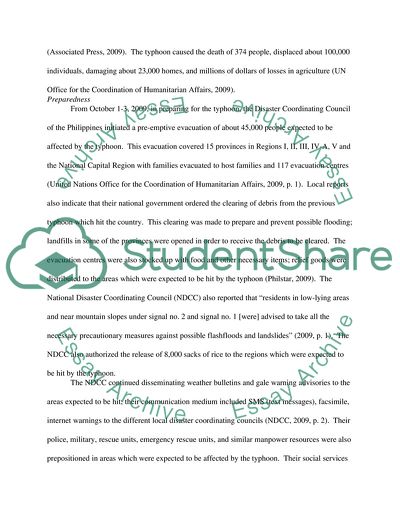Cite this document
(Risk Management Occurred by the Natural Disasters Essay, n.d.)
Risk Management Occurred by the Natural Disasters Essay. Retrieved from https://studentshare.org/environmental-studies/1731456-risk-management-cycle
Risk Management Occurred by the Natural Disasters Essay. Retrieved from https://studentshare.org/environmental-studies/1731456-risk-management-cycle
(Risk Management Occurred by the Natural Disasters Essay)
Risk Management Occurred by the Natural Disasters Essay. https://studentshare.org/environmental-studies/1731456-risk-management-cycle.
Risk Management Occurred by the Natural Disasters Essay. https://studentshare.org/environmental-studies/1731456-risk-management-cycle.
“Risk Management Occurred by the Natural Disasters Essay”. https://studentshare.org/environmental-studies/1731456-risk-management-cycle.


